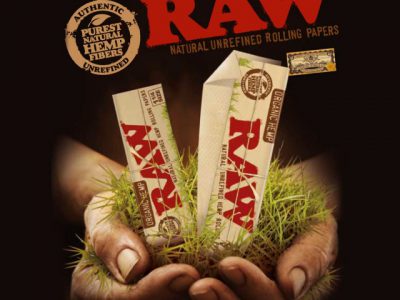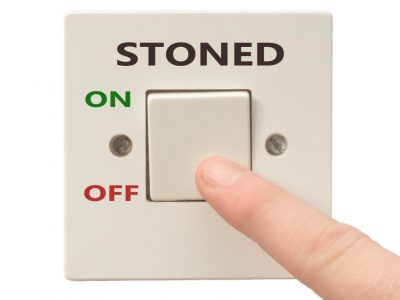Definition – Infiltration is the downward movement of water through soil. The rate of infiltration determines how much available drainage there is in any container or geographical location.
Proper infiltration is essential for the health of any garden or potted plant. Without proper drainage water is retained and the plant becomes waterlogged and eventually dies.
More On Infiltration
There are many contributing factors that can influence the rate of infiltration. Soil conditions, land covering, base water flow and slope all have an effect on the infiltration rate.
Soil conditions and minerals also play an important role in infiltration. A heavy soil containing clay for example retains water and has a very poor rate of infiltration. Conversely, a sandy soil filters water more quickly and has a high rate of infiltration.
The infiltration rate of the soil can determine what can be grown.
Some areas have a very slow rate of infiltration and so remain wet. Conditions such as this are more suitable for marshes or rain gardens because it will almost always remain wet.
Most often for the standard garden a more moderate rate of infiltration is desired. The moisture received drains at a rate where plants are able to derive the moisture they require, but it is still fast enough as to not create sitting water.






